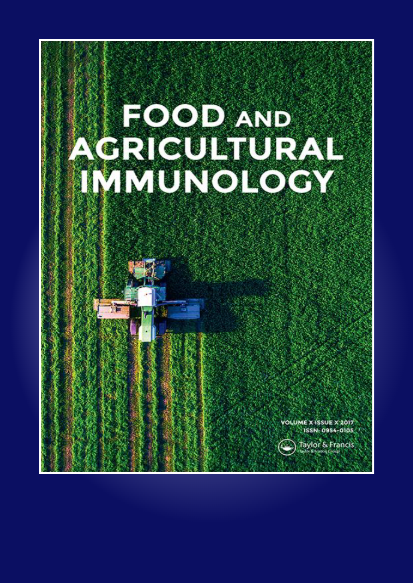Transcriptomics reveals the potential mechanism of ellagic acid extract from raspberry on wound healing
IF 2.1
3区 农林科学
Q3 CHEMISTRY, APPLIED
引用次数: 0
Abstract
ABSTRACT The aim of this study was to reveal the mechanism of its wound healing function at the molecular level using transcriptome sequencing technology. The results showed that EAE mainly upregulated Cyclin A gene through AMPK signalling pathway, activated cell cycle pathway, promoted DNA synthesis, accelerated mitosis, and thus promoted the proliferation of Human immortalized keratinocytes (HaCaT) cells. In addition, analysis of downregulated gene enrichment revealed that these genes were significantly or very significantly enriched not only in the cytokine-cytokine receptor interaction pathway but also in the TNF and the NF-κB signalling inflammatory classical pathway. It was mainly through downregulation of genes such as Fn14, CCL2, CCL5, CARD14 and LTB that prevented inflammatory responses while delaying apoptosis. The results of this study provided important information for the molecular mechanism of wound healing of EAE and provided a basis for further development of functional products of raspberry.转录组学揭示了覆盆子鞣花酸提取物促进伤口愈合的潜在机制
本文章由计算机程序翻译,如有差异,请以英文原文为准。
求助全文
约1分钟内获得全文
求助全文
来源期刊

Food and Agricultural Immunology
农林科学-毒理学
CiteScore
5.30
自引率
6.70%
发文量
52
审稿时长
2 months
期刊介绍:
Food and Agricultural Immunology is an international open access journal publishing original immunological research with applications in food, agricultural, environmental and veterinary science. Submissions describing the use of immunological techniques and methods are particularly welcomed.
The journal aims to expand our understanding of the interactions at the interface of food and immune systems including studies on:
-Development of diagnostic systems – all types of ligand-based assays, e.g. antibody, aptamer
-Application of ligand-based assays for the detection or identification of molecules of interest in food science, agricultural research, veterinary investigations and clinical systems relating to food allergy or sensitivity to agricultural chemicals
-Effects of food on the immune system
-Studies on allergy and allergic reactions
-Investigations into food allergies
-Development of allergen-free food systems
-Development of novel assay formats
-Applications of assay systems to the monitoring of food items in relation to safety and labelling
-Food quality issues, e.g. speciation, adulteration and contamination
-Comparisons between different analytical techniques
The journal publishes research and review articles and is essential reading for food scientists, immunologists and all those concerned with the interaction between food and immune systems.
 求助内容:
求助内容: 应助结果提醒方式:
应助结果提醒方式:


